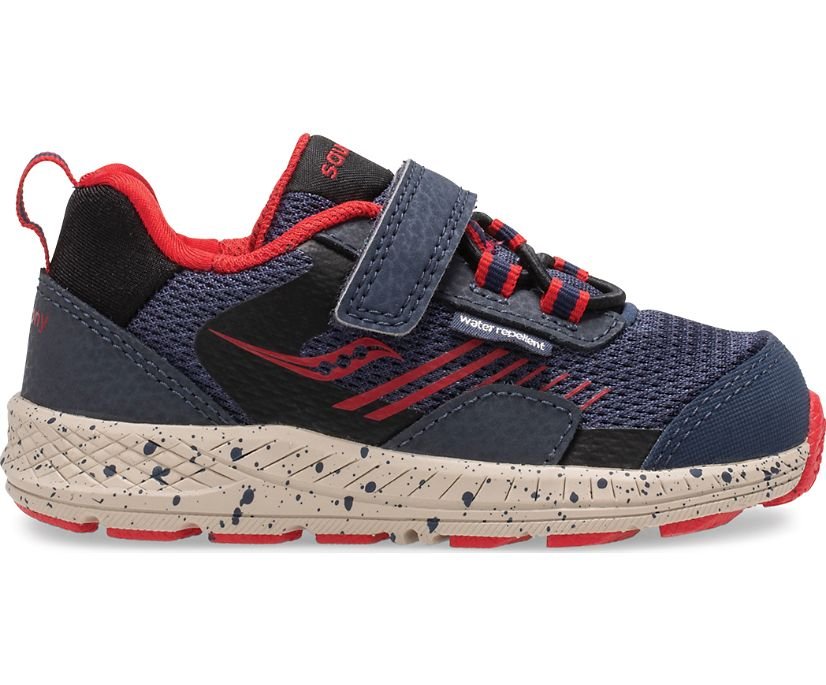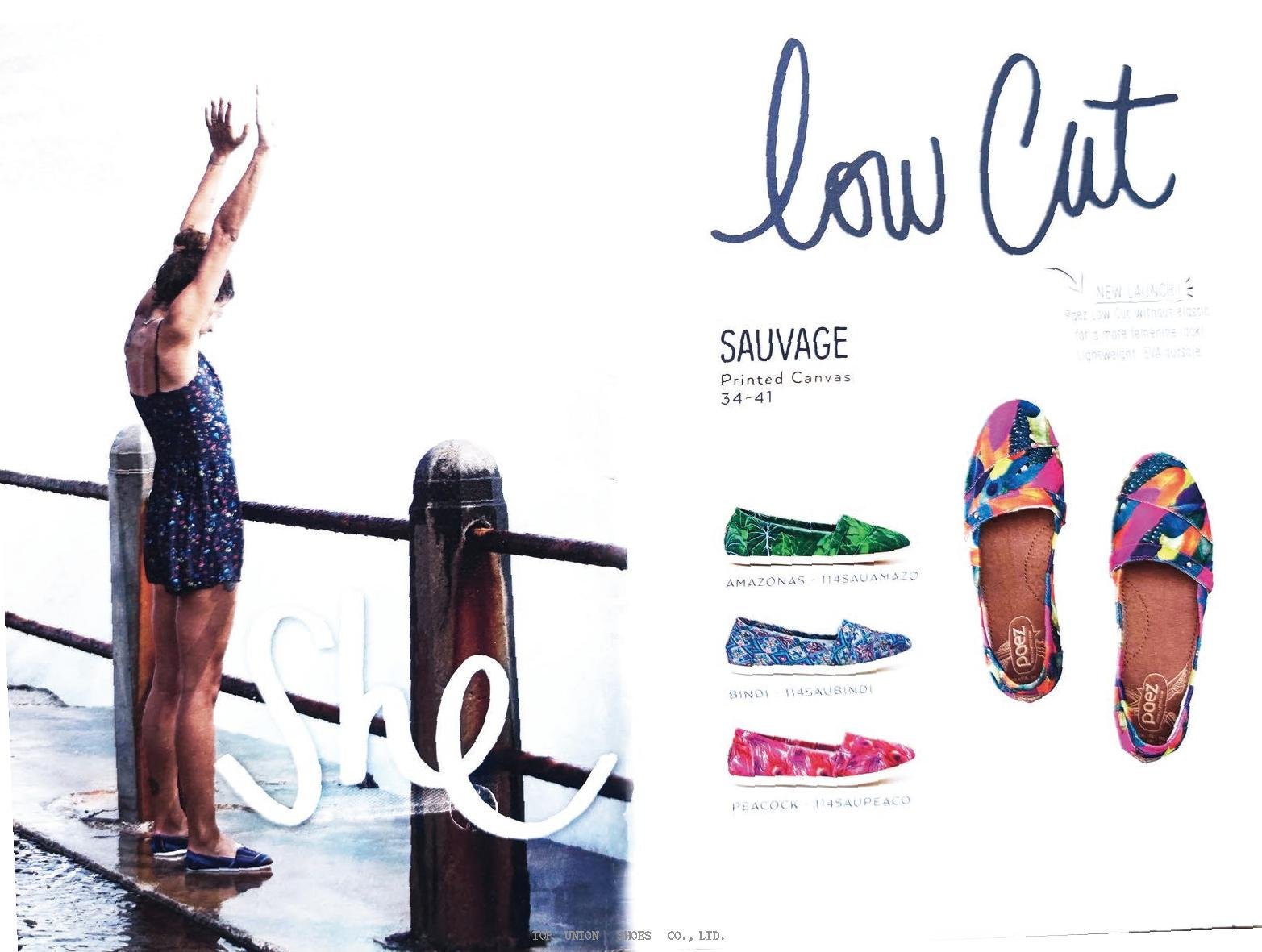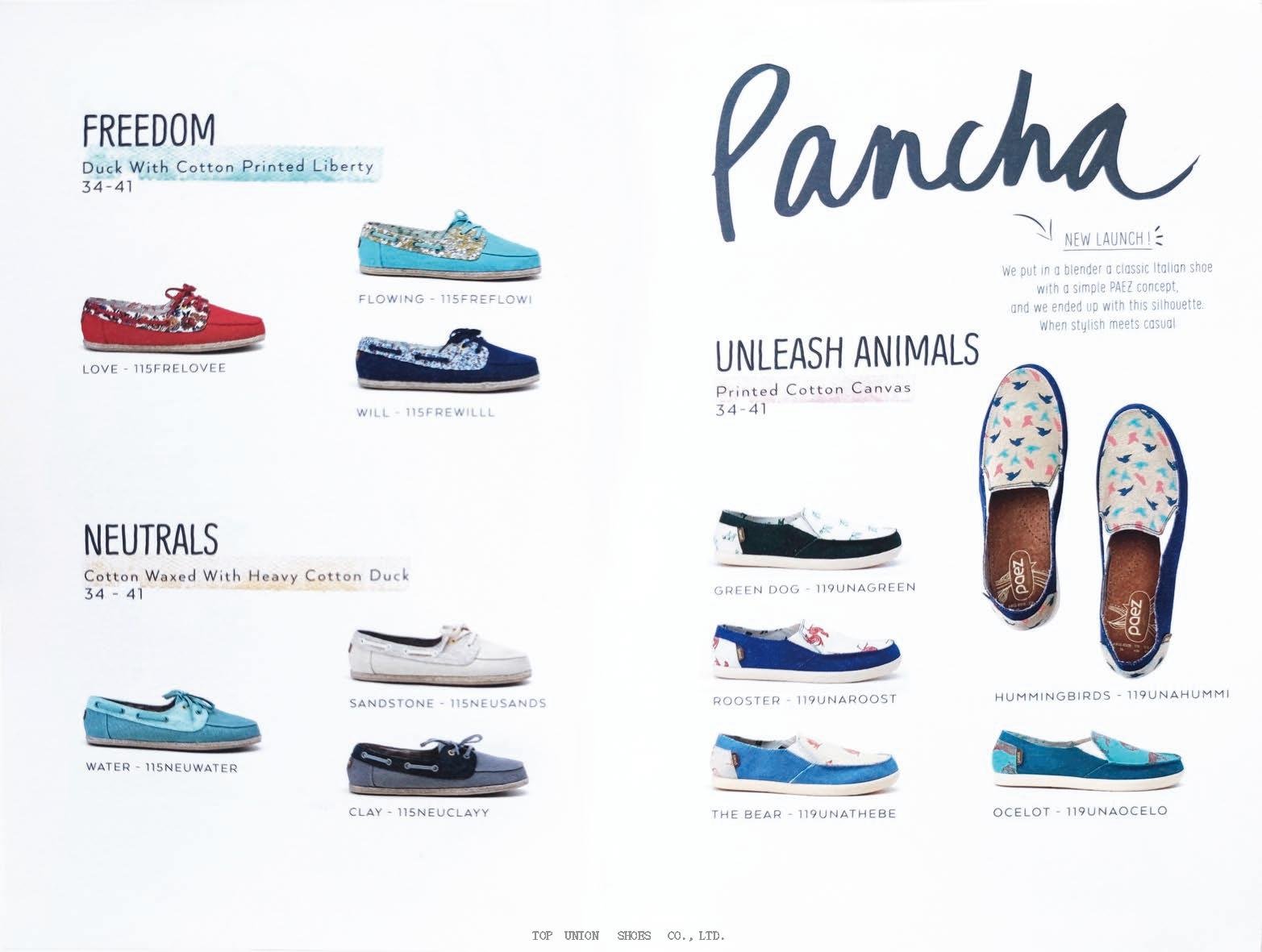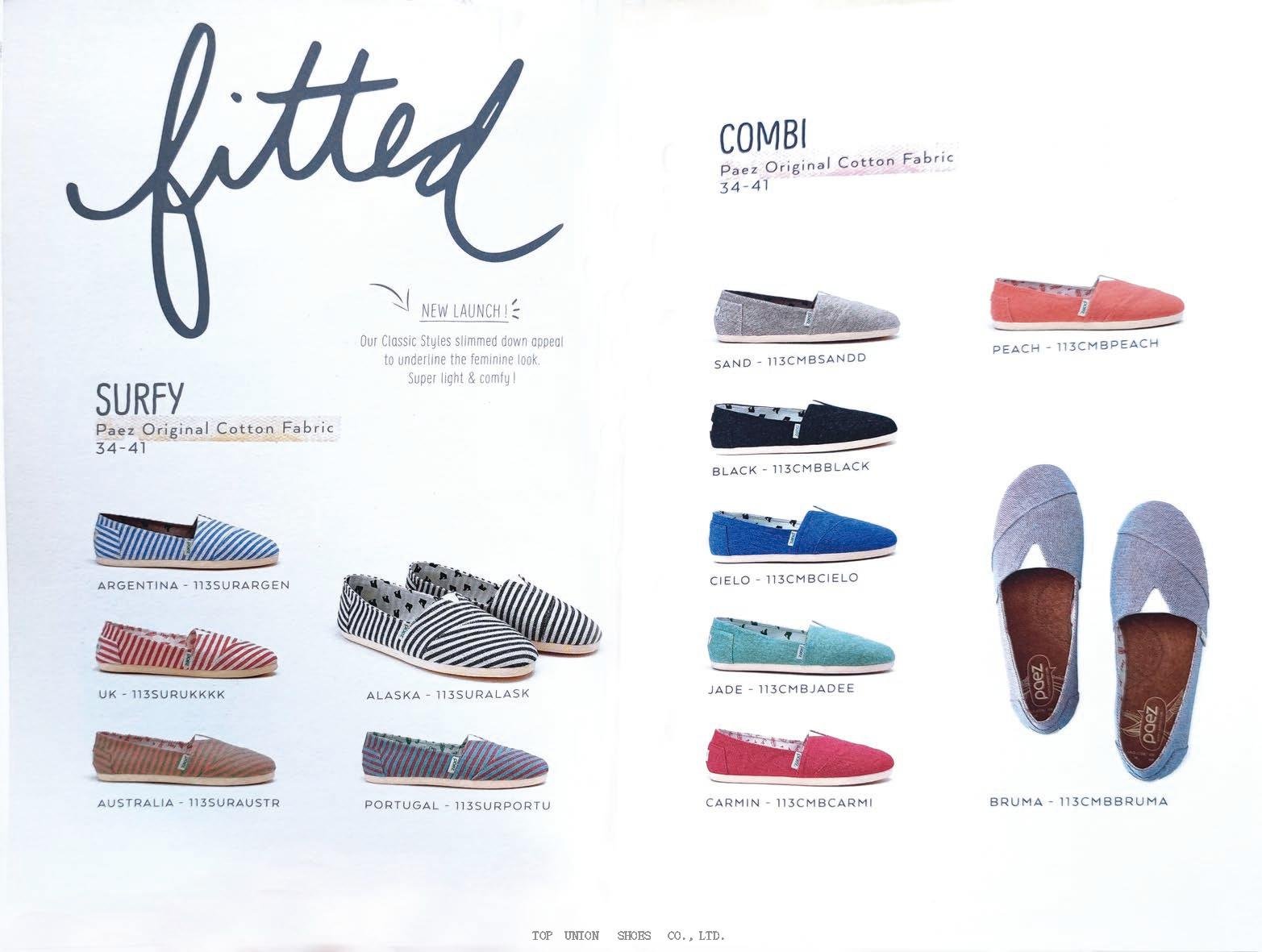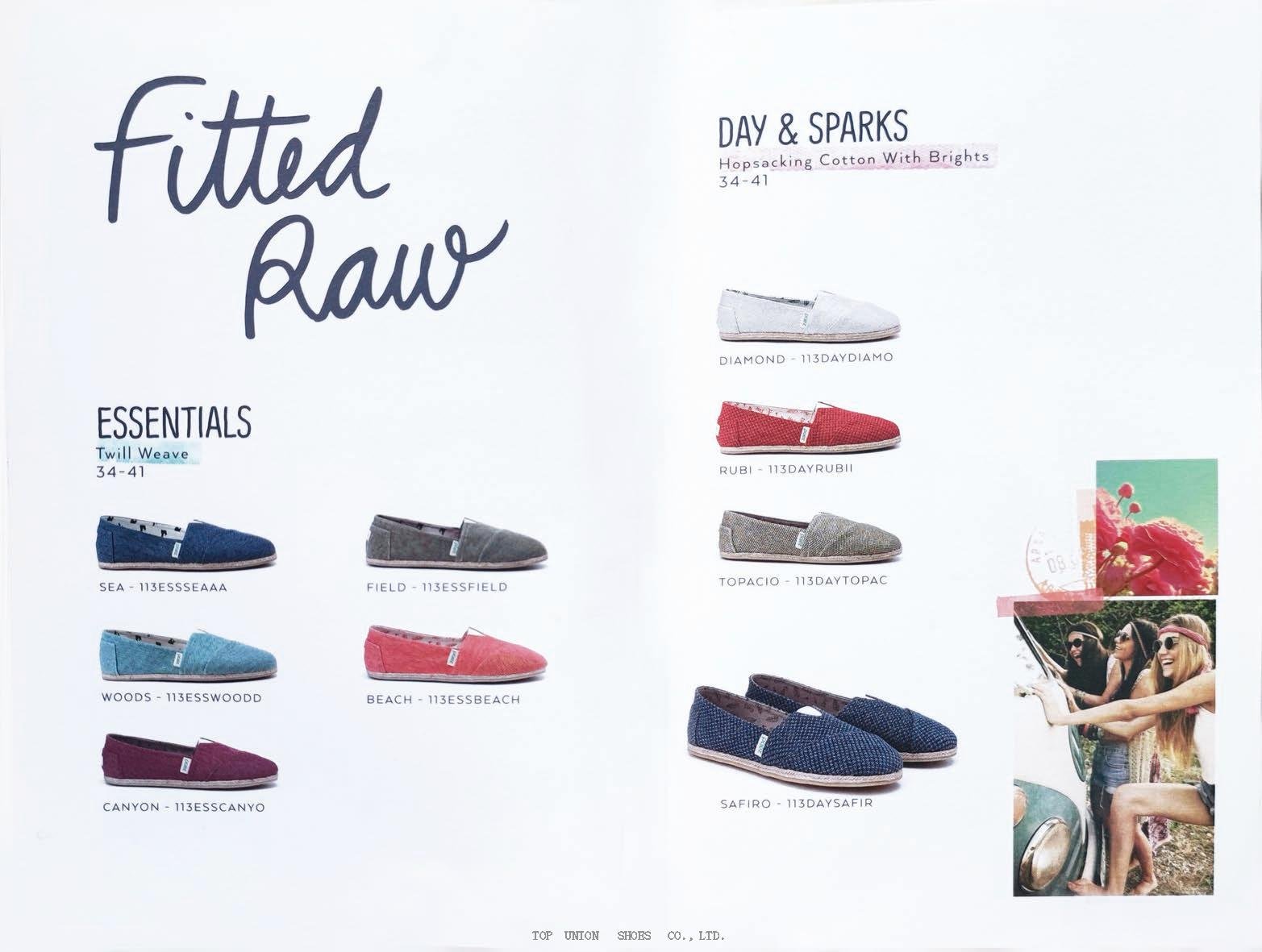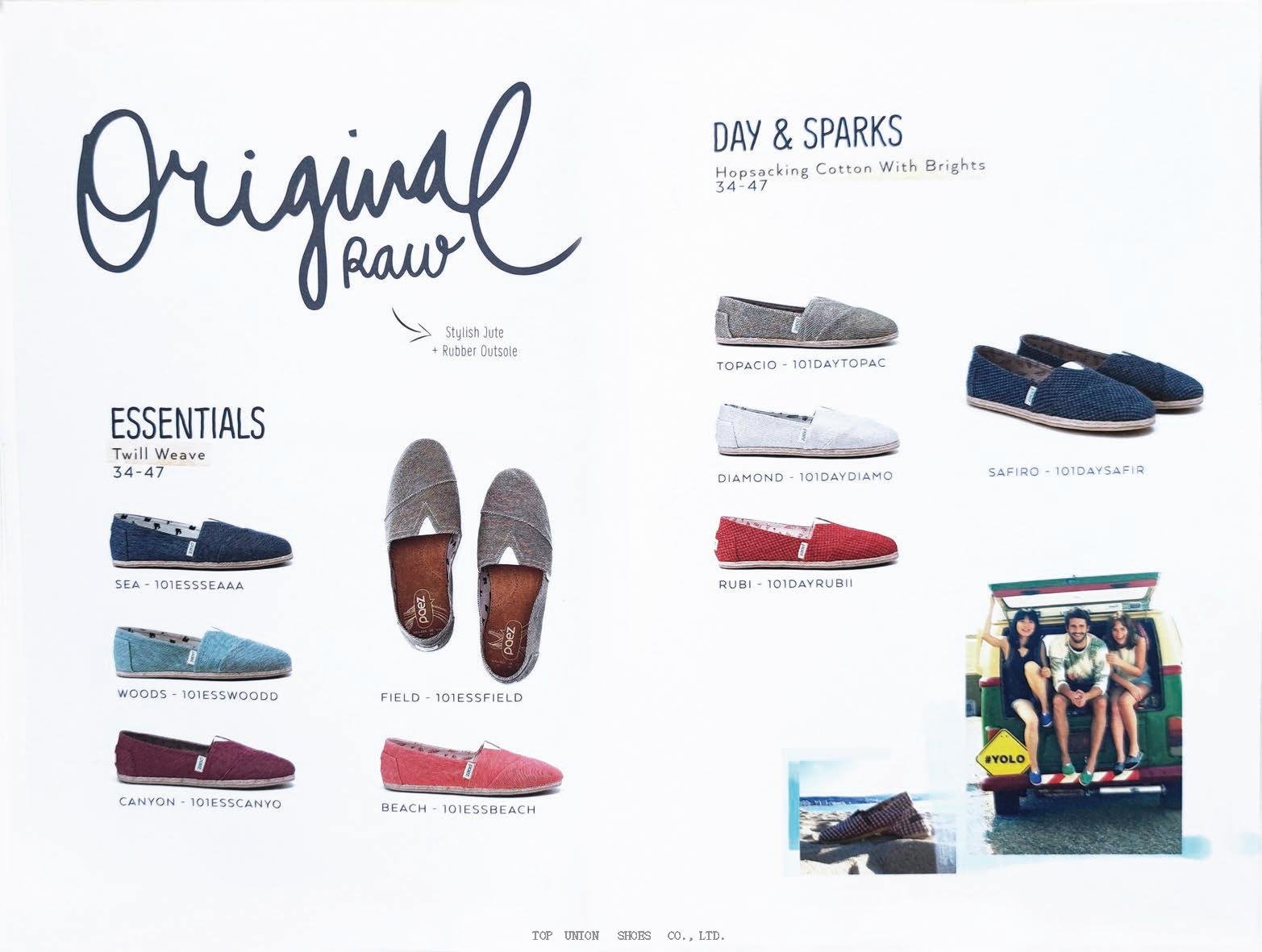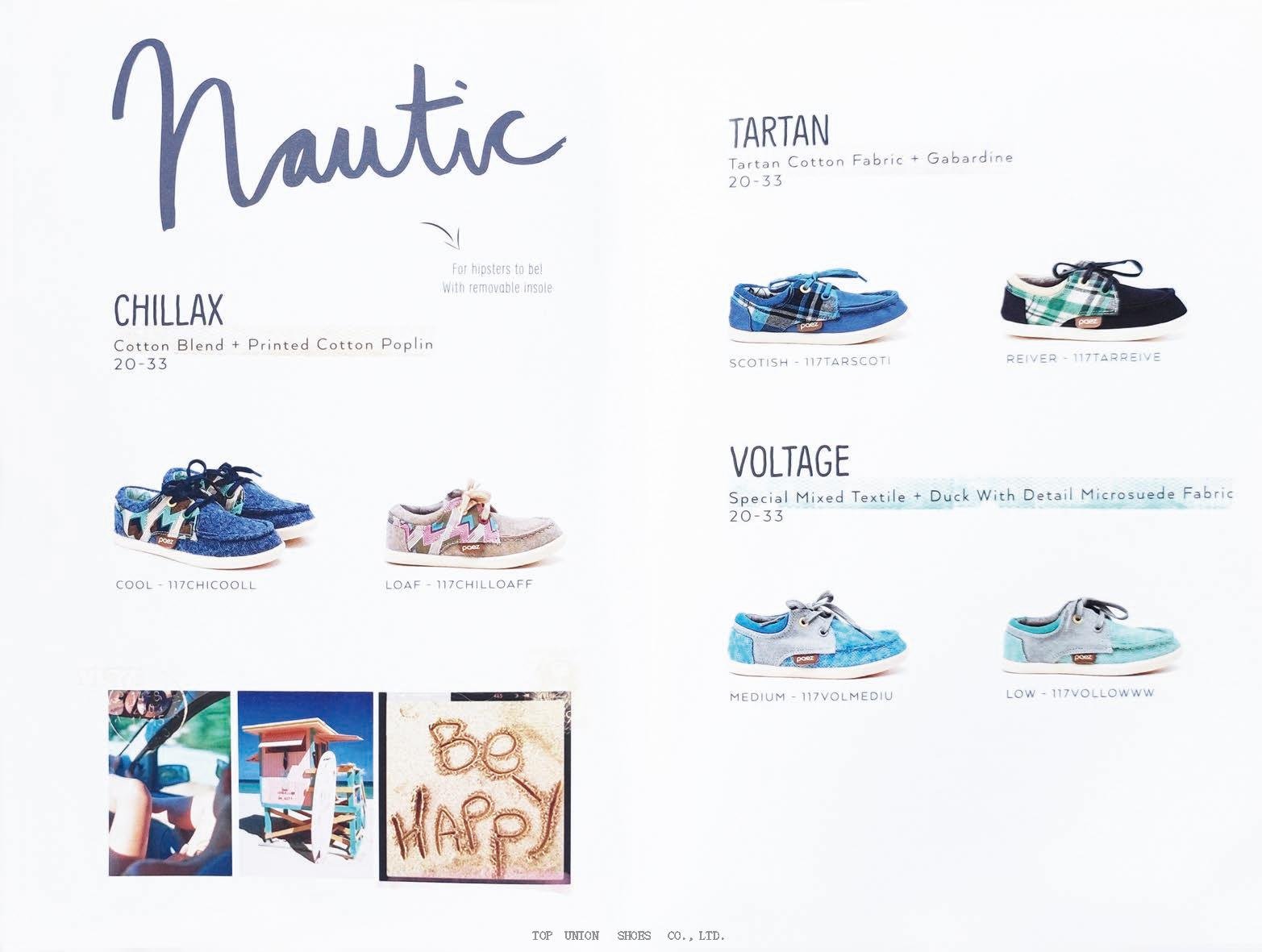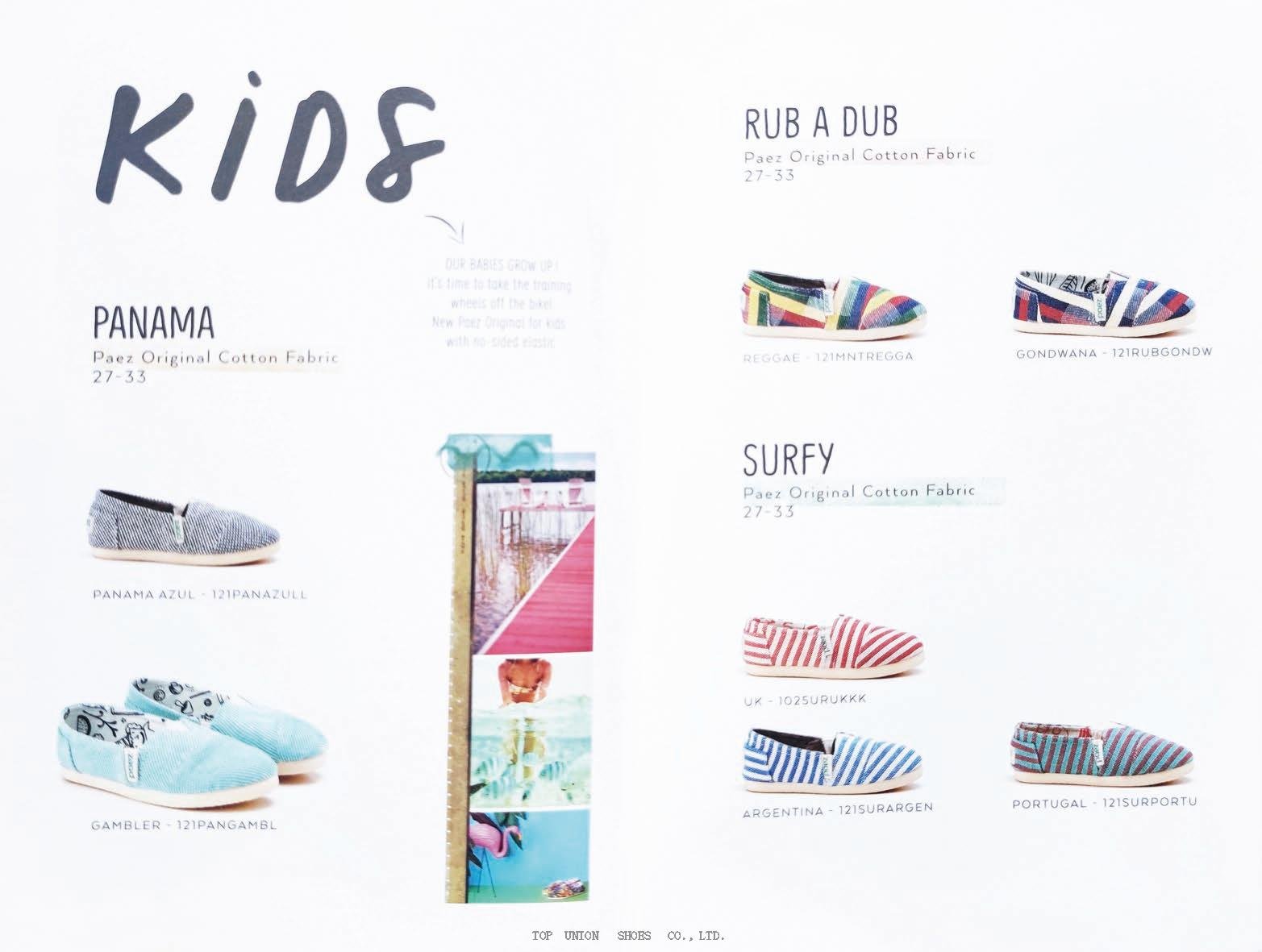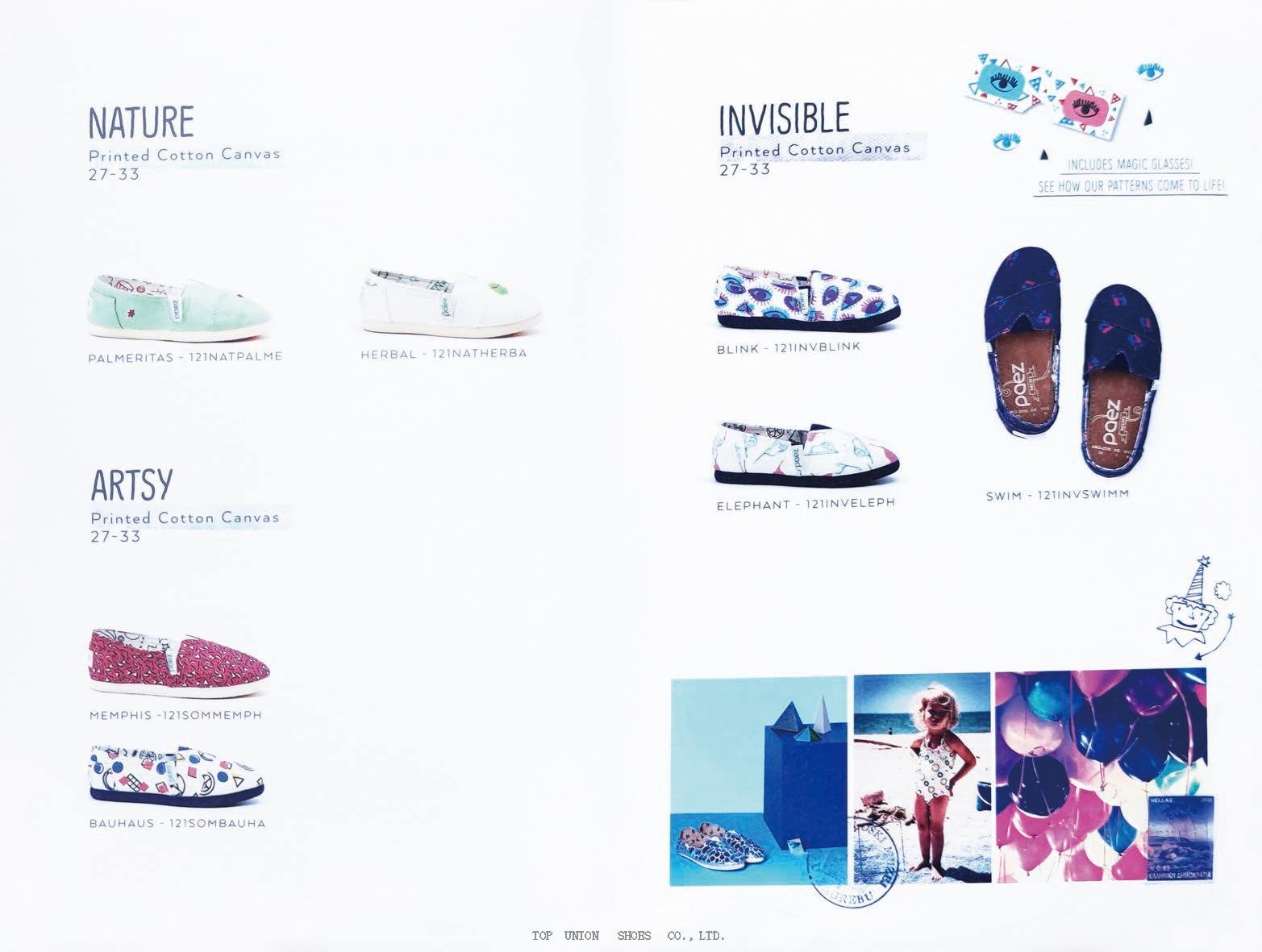As the world becomes more conscious of the environmental impact of our daily choices, the fashion industry is taking steps to reduce its carbon footprint.
One area that is often overlooked is children’s footwear, which can have a significant impact on the environment. That’s why using sustainable materials in kids’ shoes is important.
By choosing shoes made from eco-friendly and renewable materials, we can reduce waste, conserve natural resources, and protect the planet for future generations.
In this article, we will explore the benefits of sustainable kids’ shoes and highlight some of the best sustainable shoe brands in the market.
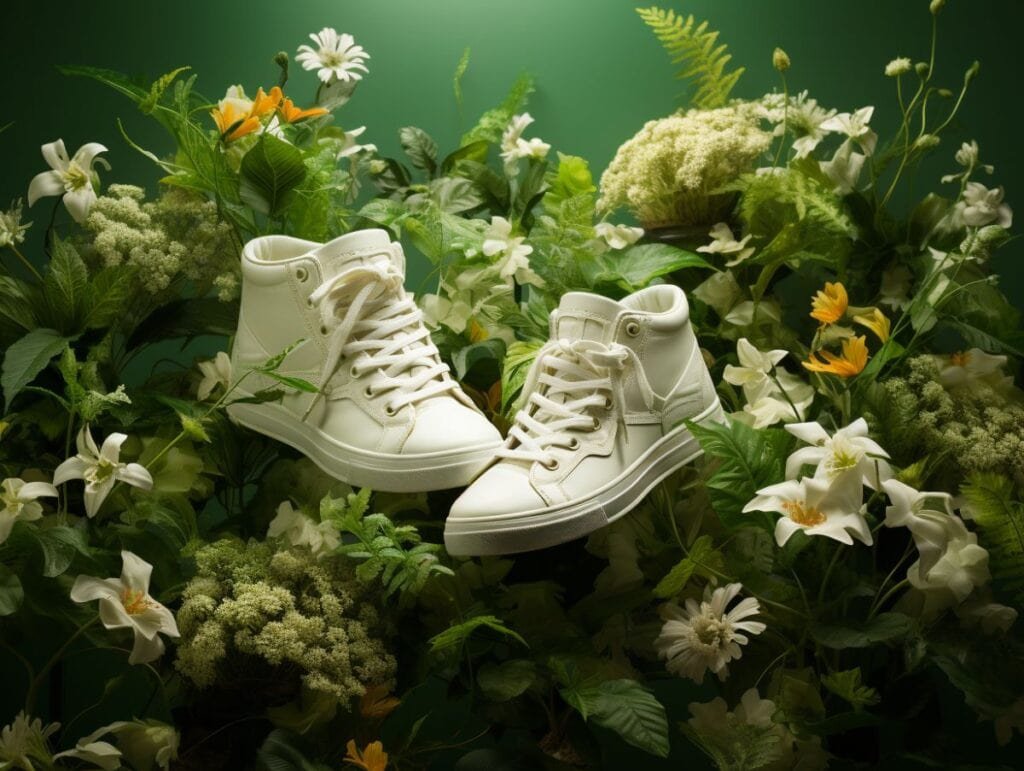
I. The Impact of Conventional Kids’ Shoe Production
A. Discussion of the negative environmental impact of conventional kids’ shoe production
Conventional kids’ shoe production has a significant negative impact on the environment. Most shoes are made from petroleum-based materials, which are not renewable and require a lot of energy to produce.
The production of synthetic materials releases harmful chemicals into the environment and contributes to air and water pollution.
Additionally, conventional shoe production often involves exploitative labor practices and poor working conditions for factory workers.

B. Explanation of the impact on children’s health and safety

Not only does conventional shoe production harm the environment, but it can also affect children’s health and safety.
Shoes made from synthetic materials can contain harmful chemicals such as phthalates, which are known to disrupt the hormonal system.
Furthermore, poorly made shoes can lead to foot problems and injuries, which can have long-term effects on a child’s health.
C. Introduction of the need for sustainable kids’ shoe brands

This is where sustainable kids’ shoe brands come in.
These brands use sustainable materials and ethical production processes to create shoes that are not only good for the environment but also safe for children’s health.
Sustainable shoe brands are committed to reducing waste and using renewable resources, which helps to conserve natural resources and reduce carbon emissions.
II. Sustainable Materials for Kids’ Shoes
As the demand for sustainable products grows, many shoe brands are now turning to eco-friendly materials for their production processes.
Here are some sustainable materials for kids’ shoes:
A. Recycled Plastic Water Bottles:
Many shoe brands are using recycled plastic water bottles to create new shoes.
By recycling plastic bottles, they reduce the amount of plastic waste in landfills and oceans.
The recycled plastic is transformed into a material that is durable, lightweight, and easy to clean.
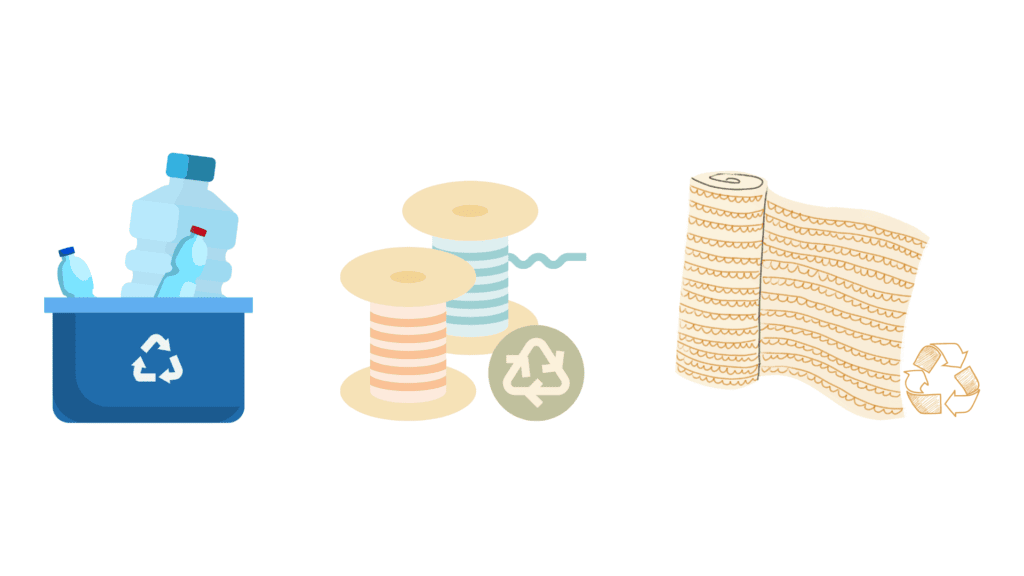
B. Organic Cotton:
Organic cotton is grown without the use of pesticides, which can harm the environment and human health.
Organic cotton is soft, breathable, and hypoallergenic, making it an ideal material for kids’ shoes.

C. Recycled Cotton:
Similar to recycled plastic water bottles, recycled cotton is made by transforming old clothing and textiles into a new material.
Recycled cotton is an environmentally friendly and sustainable alternative to conventional cotton.
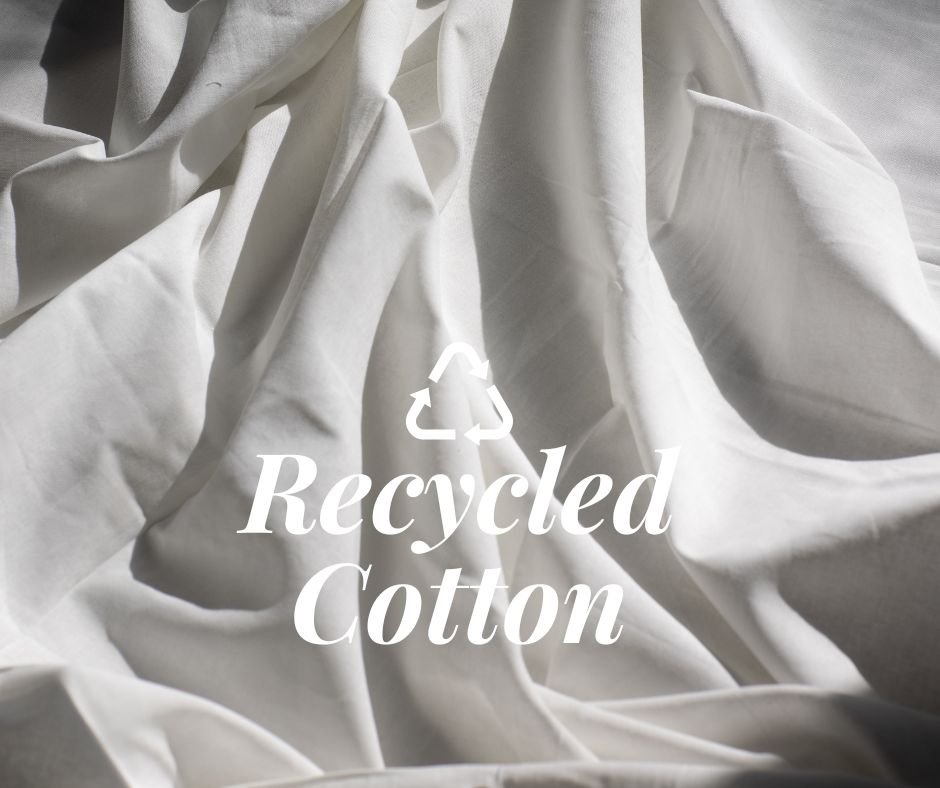
D. Natural Rubber:
Natural rubber is a renewable resource that comes from the sap of rubber trees.
It is biodegradable, durable, and water-resistant, making it a great material for kids’ shoes.
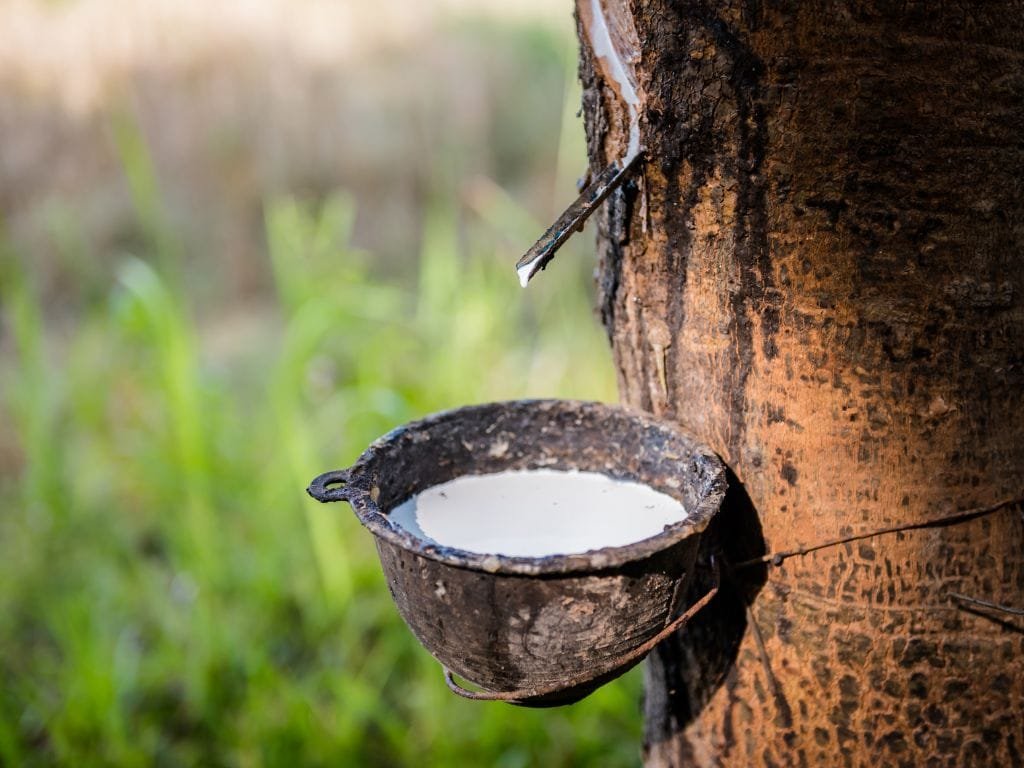
E. Recycled Cork:
Cork is a sustainable and renewable material that comes from the bark of cork oak trees.
It is lightweight, water-resistant, and has natural cushioning properties, making it a great material for insoles.

F. Plant-based Leather:
Plant-based leather like Mushroom leather, also known as mycelium leather, is a sustainable and biodegradable alternative to traditional leather.
It is made by growing mushrooms in a controlled environment and then processing them into a leather-like material.
Mushroom leather is eco-friendly, durable, and has similar properties to traditional leather.

Each material has its benefits and drawbacks for children’s shoes. For example, recycled plastic water bottles and recycled cotton are both eco-friendly options, but may not be as durable as natural rubber or mushroom leather.
Organic cotton is soft and breathable, but may not be as water-resistant as other materials.
It’s important to weigh the pros and cons of each material before choosing the best option for kids’ shoes.
By using sustainable materials for kids’ shoes, we can help reduce the environmental impact of conventional shoe production while providing safe and healthy options for our children.
III. Sustainable Kids’ Shoe Brands
When it comes to buying sustainable kids’ shoes, there are a variety of brands to choose from.
Here are some of the top sustainable kids’ shoe brands:
Introduction to Sustainable Kids’ Shoe Brands
Plae:
Plae is a sustainable shoe brand that makes shoes for kids that are both eco-friendly and stylish.They use recycled materials in their shoes, such as recycled plastic water bottles, and commit to reducing their carbon footprint.
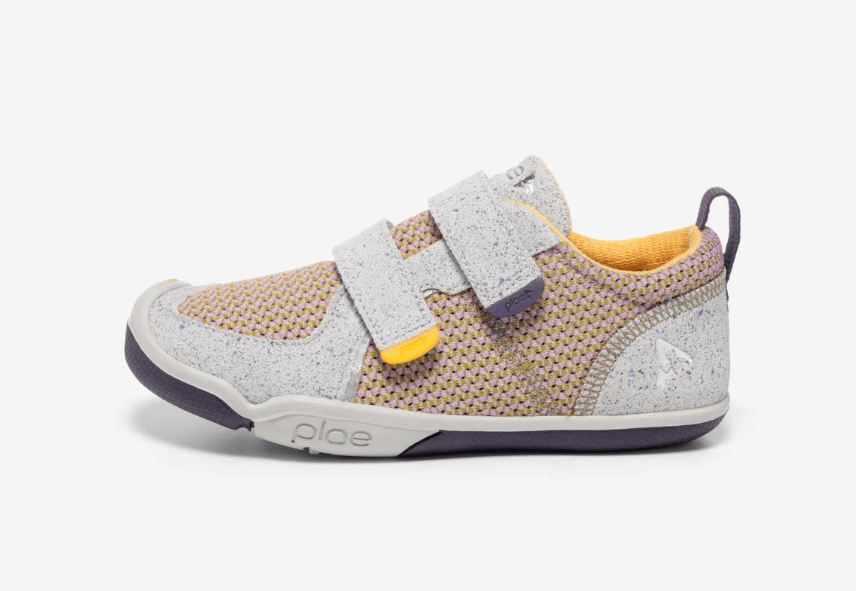
Nike:
Nike’s Move to Zero line:Nike has launched its “Move to Zero” line, which aims to produce shoes and clothing with a reduced environmental impact.They use sustainable materials such as recycled polyester, organic cotton, and recycled rubber.
TOMS:
TOMS is a well-known sustainable shoe brand that uses sustainable materials such as recycled plastic bottles and natural materials like organic cotton and hemp.They also commit to ethical manufacturing practices and fair labor practices.
Saucony:
Saucony’s Run for Good collection:Saucony’s Run for Good collection is a line of sustainable sneakers made with natural materials such as recycled cork and natural rubber.They also commit to reducing their carbon footprint.
Discussion of the Sustainable Practices of These Brands
- Using Renewable Energy:Many sustainable shoe brands, including Plae and TOMS, use renewable energy to power their manufacturing processes.This reduces their carbon emissions and helps to reduce their impact on the environment.
- Ethical Manufacturing:Sustainable shoe brands often commit to ethical manufacturing practices, including fair wages and fair labor practices.TOMS, for example, has a strict code of conduct that they require their suppliers to adhere to.
- Circular Business Models:Sustainable shoe brands like Nike’s Move to Zero line and Plae use circular business models.This means that they aim to create a closed-loop system where old shoes are recycled and turned into new shoes, reducing waste and promoting sustainability.
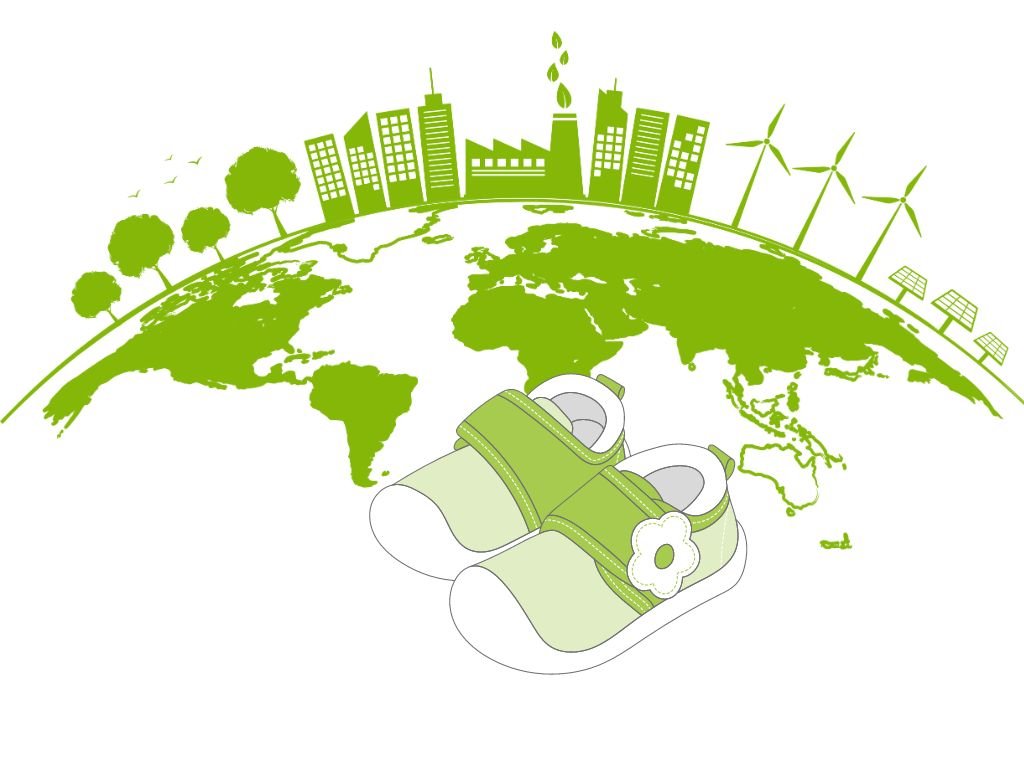
Comparison of the Styles and Pricing of These Sustainable Kids’ Shoe Brands
Sustainable kids’ shoe brands come in a variety of styles and price points.
Plae offers a range of stylish shoes for kids at a reasonable price point.
Nike’s Move to Zero line offers a range of athletic shoes for kids that are both sustainable and stylish, but at a higher price point.
TOMS offers a variety of classic styles for kids at an affordable price point.
Saucony’s Run for Good collection offers a range of sustainable sneakers for kids at a mid-range price point.
At Drytifmax, we are committed to producing sustainable kids’ shoes. Our shoes are made with eco-friendly materials such as recycled plastic bottles and natural materials like organic cotton and mushroom leather.
We also have a commitment to ethical manufacturing practices and a circular business model.
Our shoes are stylish, comfortable, and affordable, making them a great choice for parents who want to make a sustainable choice for their children’s footwear.
Visit our website at www.topunionshoes.com to learn more about our sustainable kids’ shoe options.
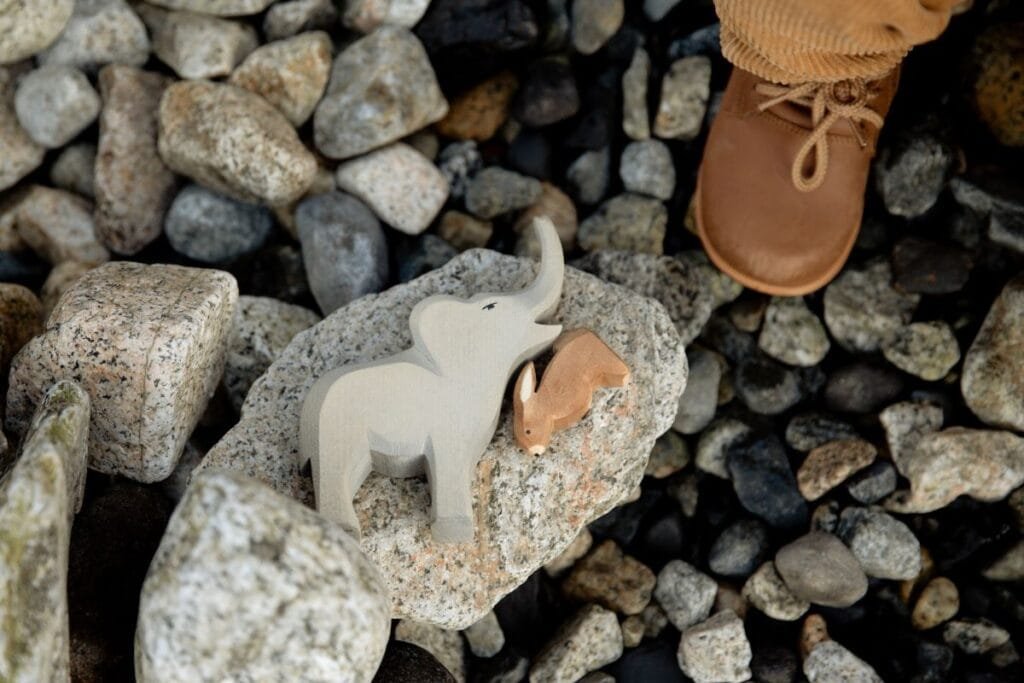
IV. The Future of Sustainable Kids’ Shoes
As the world becomes increasingly aware of the negative impact of conventional shoe production, the need for sustainable kids’ shoe brands continues to grow.
However, the future of sustainable kids’ shoes looks promising as more companies embrace eco-friendly materials and production processes.
One way parents can support sustainable kids’ shoe brands is by choosing to purchase from companies that use recycled or natural materials, such as Drytifmax.
By choosing these brands, parents can help reduce the carbon footprint of the footwear industry and promote sustainable practices.
In addition to using sustainable materials, emerging technologies such as 3D printing and circular business models hold great promise for the future of sustainable kids’ shoes.
These technologies allow for the production of high-quality shoes with fewer materials and less waste.
Furthermore, companies are also exploring new sustainable materials such as recycled polyester and mushroom leather, which have the potential to revolutionize the footwear industry.
With the increasing availability of sustainable materials and technologies, the future of sustainable kids’ shoes looks bright.
In conclusion, the importance of using sustainable materials in kids’ shoes cannot be overstated.
Conventional shoe production harms the environment and children’s health and safety.
However, sustainable kids’ shoe brands are working to change this by using eco-friendly materials and sustainable practices.
By supporting these brands, parents can help build a more sustainable future for their children.

Conclusion
In conclusion, the importance of using sustainable materials in kids’ shoes cannot be overstated.
The negative environmental impact of conventional kids’ shoe production is staggering, and it’s essential to consider the impact on children’s health and safety.
The need for sustainable kids’ shoe brands is becoming increasingly clear, and there are already many great options available, including Drytifmax, Plae, Nike’s Move to Zero line, TOMS, and Saucony’s Run for Good collection.
By choosing sustainable footwear for your children, you can help reduce the carbon footprint and support ethical manufacturing practices.
As parents, it’s important to prioritize sustainability when purchasing shoes for our children and consider the entire supply chain, from production processes to fair labor practices.
We can also support emerging sustainable kids’ shoe materials and technologies, such as recycled polyester and mushroom leather.
The future of sustainable kids’ shoes is promising, and it’s up to us to help make it a reality.
By making conscious choices and supporting sustainable brands, we can create a more sustainable future for our children.
Let’s take the first step and choose sustainable shoes for our kids.



